I'm currently using the SSAO shader provided in the Three.js examples. It works perfectly on most of my machines aside from my MacBook Pro Retina. The MBP rendered SSAO perfectly until a few weeks ago (potentially after a firmware upgrade on the MBP).
As it stands, the MBP renders SSAO scenes with a huge amount of flickering artefacts all over the screen, like so:
This same code renders perfectly on other machines. I have seen this problem on other MBPs so I'm confident that it's not a single issue.
Aside from the firmware update, I've not changed anything on this MBP between it working and the artefacts appearing (the code is the same).
If I remove the SSAO effect then the scene renders perfectly.
Any ideas?

